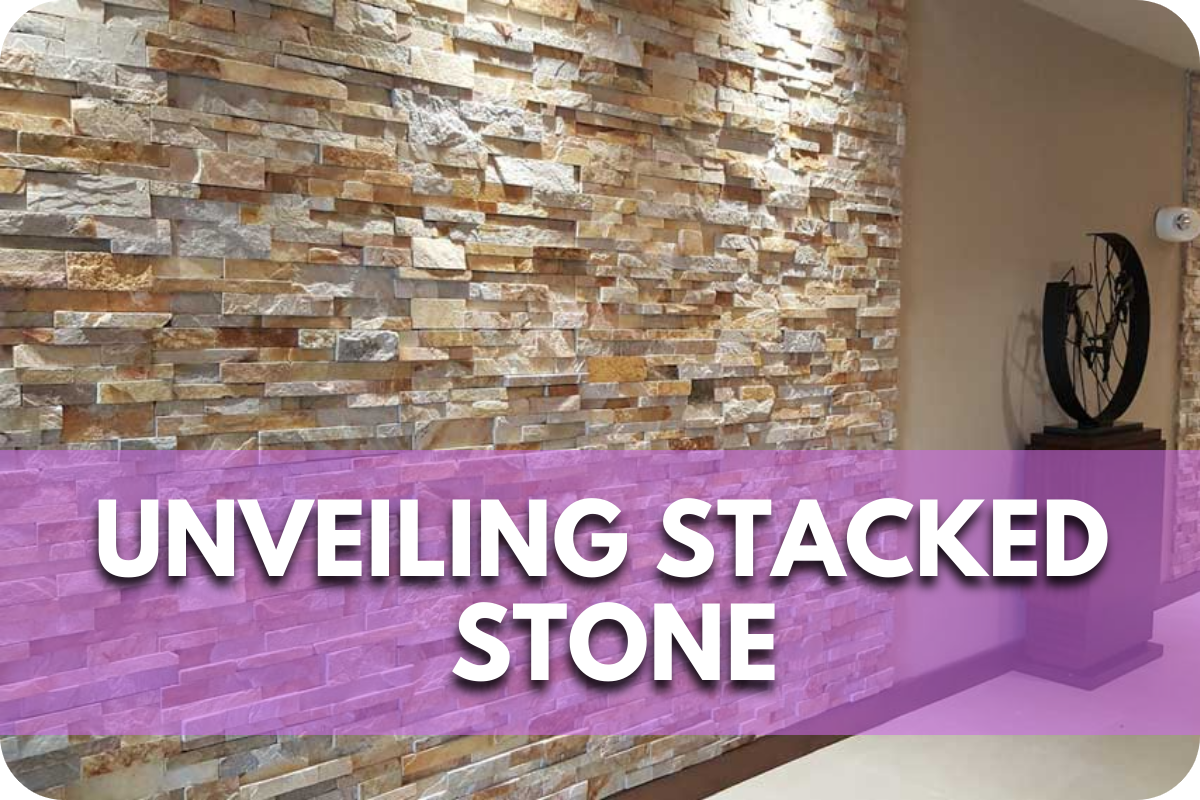
Boring, flat walls often make indoor spaces feel lacklustre, lacking texture and depth.
This blandness can undermine the potential of your interior design, making even well-decorated rooms feel incomplete and uninspiring.
Enter stacked stone, the dynamic wall treatment that transforms any room. Our guide unveils how stacked stone can elevate your home’s aesthetics with its natural charm and varied textures.
What is Stacked Stone?
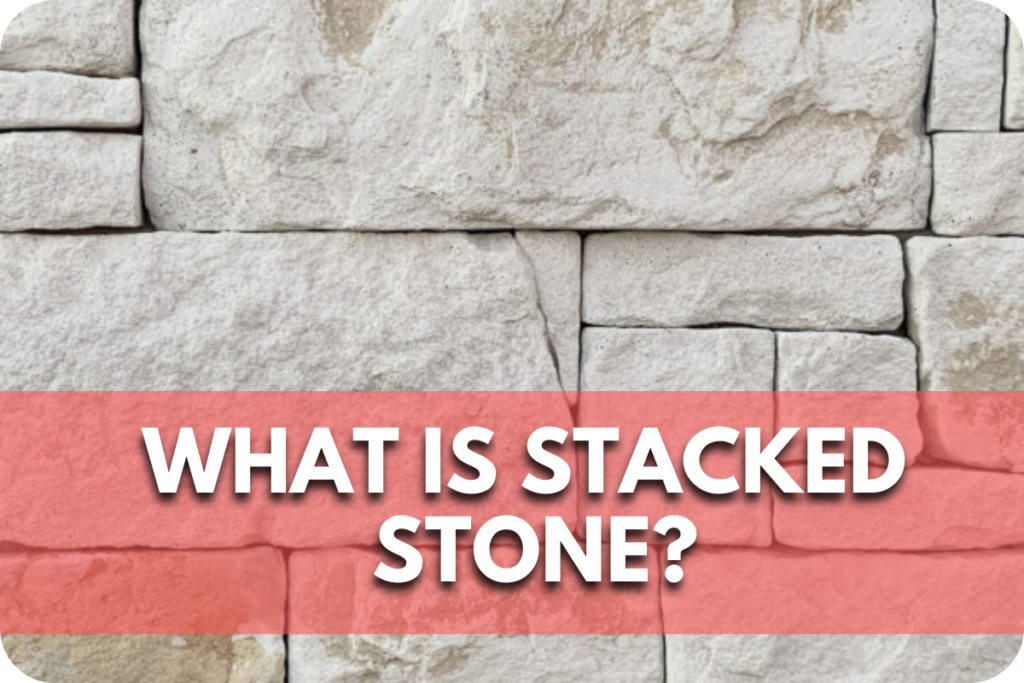
Natural stone pieces like slate, quartzite, marble, or limestone are used to create this decorative wall cladding. These stones are cut to varying lengths and thicknesses and then arranged in a staggered pattern to produce a textured, three-dimensional look without visible grouting.
It offers rustic charm with modern elegance, making it a versatile choice for fireplace surrounds, kitchen backsplashes, accent walls, and outdoor features like garden walls or water installations. Each installation is distinct due to the natural colour variations in the stones.
Careful preparation and installation are crucial to ensure the wall can support the stone’s weight. This also helps maximise its durability, weather resistance, and visual appeal in both interior and exterior settings.
Benefits of Stacked Stone
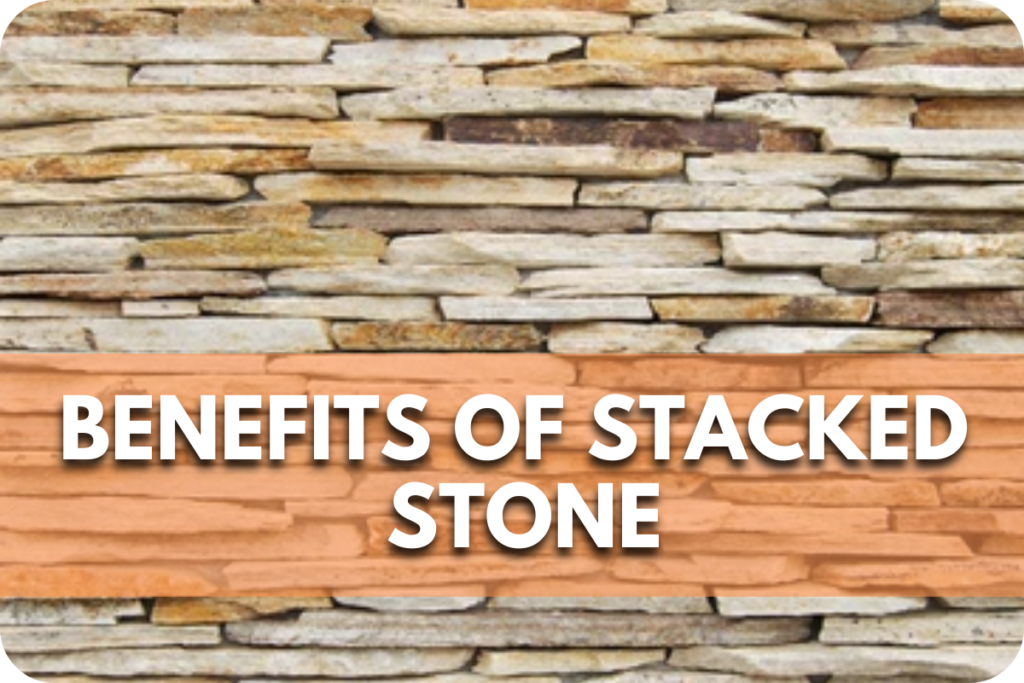
Stacked stone offers several significant benefits that make it a popular choice for both residential and commercial properties. Here are some key advantages:
- Aesthetic Appeal: Stacked stone brings a unique, natural beauty to any space. Its rich textures and various colours complement decor styles ranging from rustic to contemporary, enhancing visual appeal.
- Durability: Natural stone is highly durable and resistant to wear and tear, making it suitable for high-traffic areas and outdoor use.
- Low Maintenance: Requires minimal upkeep, with no need for painting or treatments. It retains its look over time with just occasional cleaning.
- Adds Value: Enhances property value with its upscale appearance and long-lasting durability, appealing to prospective buyers.
- Versatility: Suitable for various applications, including fireplaces, feature walls, facades, and landscaping, offering diverse design possibilities.
- Natural Insulation: Provides natural insulation, helping regulate indoor temperatures and contributing to energy efficiency.
- Fire and Weather Resistance: Naturally fire-resistant, making it ideal for fireplaces, and withstands harsh weather conditions like rain, snow, and heat in outdoor settings.
- Timeless Appeal: Offers a classic and enduring look that remains stylish over time, ensuring a long-lasting investment.
- Sustainable Option: Many stones are sustainably sourced, and their long lifespan makes them an eco-friendly choice for construction and decoration.
- Enhances Acoustics: The dense nature of stone helps absorb sound and reduce echoes, improving acoustics in interior spaces.
Types of Stacked Stone
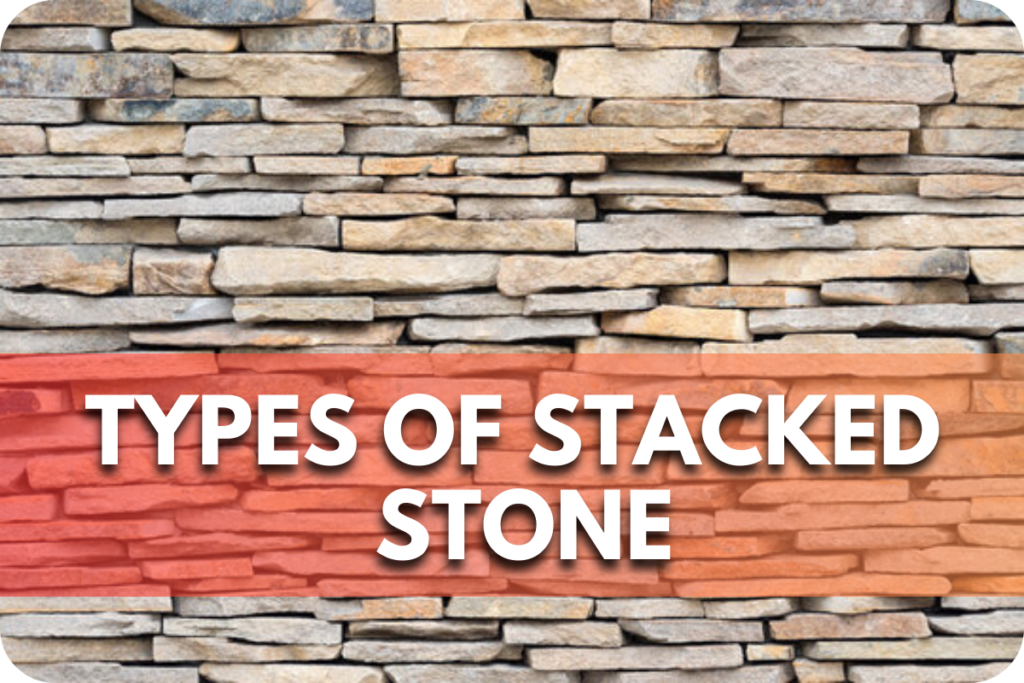
Stacked stone comes in various types, each offering unique aesthetic and structural characteristics suitable for different design applications. Here are some of the most common types of stacked stone:
1. Natural Stacked Stone Panels
Natural stacked stone panels are made from real stone and offer an authentic, premium appearance.
These panels showcase the natural textures, colour variations, and unique characteristics of the stones, making each installation one-of-a-kind. They are commonly used in upscale designs for both interiors and exteriors.
2. Faux Stacked Stone Panels
Faux-stacked stone panels are created from lightweight materials such as polyurethane. They mimic the look of natural stone but are easier to install and more affordable.
These panels are ideal for DIY projects and areas where weight might be a concern, such as interior walls or decorative facades.
3. Ledger Panels
Ledger panels consist of thin, rectangular stone pieces arranged in a staggered, layered pattern.
Known for their clean and modern aesthetic, they are commonly used for fireplace surrounds, accent walls, and outdoor facades. Ledger panels are versatile and available in various stone types like slate, quartzite, and marble.
4. Split-Face Stone
Split-face stone features a rough, uneven surface created by splitting stones to expose their natural texture. This type adds depth and a rustic feel to walls, making it perfect for traditional or natural design themes.
It is commonly used for exteriors and feature walls that require a bold, textured look.
5. 3D Stacked Stone
3D stacked stone is designed with stones of varying thicknesses, creating a pronounced three-dimensional effect. This style adds drama and dynamic visual elements to walls, making it an excellent choice for bold accent walls or striking focal points in modern interiors.
6. Mosaic Stacked Stone
Mosaic stacked stone combines stones of different shapes, sizes, and colours, arranged to form artistic patterns.
This type is often used for decorative purposes, such as backsplashes, fireplace surrounds, or small accent walls, where intricate designs and visual interest are desired.
7. Thin Veneer Stacked Stone
Thin veneer stacked stone is made by cutting natural stone into thin slices, reducing its weight while retaining durability and aesthetic appeal.
This type is ideal for projects where wall weight is a concern, such as retrofitting older structures or adding decorative cladding to lightweight walls.
8. Quartzite Stacked Stone
Quartzite stacked stone is known for its strength, durability, and natural shimmer. Quartzite’s resistance to weather and wear makes it a popular choice for high-end outdoor applications, including garden walls, water features, and facades, as well as for luxurious interior accents.
9. Slate Stacked Stone
Slate stacked stone is a classic option, valued for its rich, earthy tones and natural textures. It blends seamlessly into both interior and exterior settings, offering a timeless look.
Slate is also naturally resistant to moisture, making it an excellent choice for wet areas like bathrooms or outdoor installations.
10. Limestone Stacked Stone
Limestone stacked stone offers a softer, subtler aesthetic with neutral tones that create a timeless and elegant look. It is often used for understated, sophisticated designs, both indoors and outdoors.
Its smooth texture and calming appearance make it a popular choice for minimalist and classic decor styles.
11. Marble Stacked Stone
Marble stacked stone is a premium option that exudes elegance and sophistication. With its polished or honed finish, it is often used for luxurious interiors such as feature walls, fireplace surrounds, and backsplashes.
Marble’s unique veining and timeless appeal make it a standout choice for high-end designs.
12. Sandstone Stacked Stone
Sandstone stacked stone is characterised by its warm, sandy tones and soft texture. It is an excellent choice for creating a welcoming and natural look, especially in outdoor landscapes and garden walls. Sandstone is also commonly used in tropical and Mediterranean-style designs.
Applications of Stacked Stone
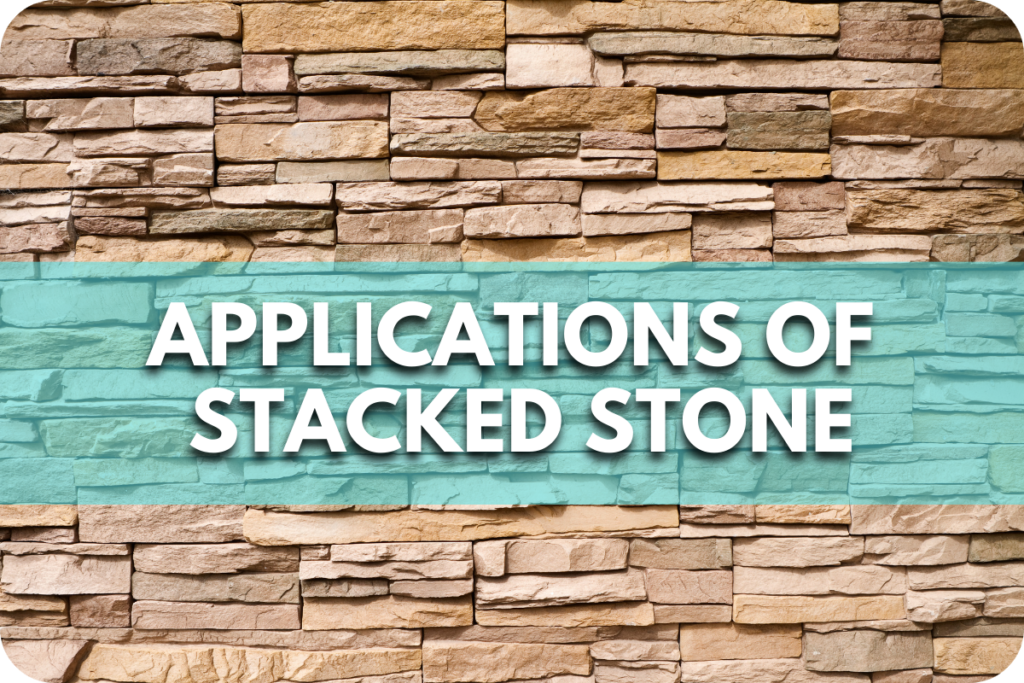
Stacked stone is highly versatile, making it a popular choice for various architectural and design applications. Here are some common ways stacked stone is used:
Interior Accent Walls
A stacked stone accent wall brings texture and elegance to any room. Its natural charm enhances both modern and traditional designs, making it a versatile choice for diverse interiors.
Perfect for highlighting architectural features, stacked stone creates a captivating focal point in living rooms, bedrooms, or entryways. It adds depth and character, transforming plain walls into design statements.
With varied colours and finishes available, it seamlessly integrates with existing décor.
Fireplaces
It is a timeless choice for fireplaces, combining warmth and sophistication. Its natural texture adds depth and a rustic or modern flair, making it a perfect centrepiece for living spaces.
Designed to withstand high temperatures, stacked stone is both functional and visually striking. It complements a variety of interior styles, from cosy traditional homes to sleek, contemporary designs.
With a wide range of colours and finishes available, you can personalise your fireplace to suit your décor. Proper installation ensures durability and a professional, polished appearance.
Exterior Facades
Stacked stone elevates exterior facades with its natural texture and enduring elegance. It enhances architectural features, creating a bold yet refined look for homes or commercial properties.
Renowned for its durability and weather resistance, stacked stone maintains its appearance even in harsh climates, making it a practical and stylish choice. Its versatility allows it to suit both modern and traditional designs.
Kitchens and Bathrooms
Stacked stone brings texture and sophistication to kitchens and bathrooms, offering a stylish alternative to traditional tiles. Ideal for splashbacks or feature walls, it adds visual depth and transforms these functional spaces into luxurious design highlights.
Durable and moisture-resistant when sealed correctly, it stands up to the demands of high-humidity environments. Its versatility allows it to suit a range of styles, from sleek contemporary kitchens to serene, spa-like bathrooms.
Landscaping Features
Stacked stone adds natural elegance to landscaping features, blending seamlessly with greenery and outdoor elements. Perfect for garden walls, retaining structures, or outdoor seating areas, it creates a polished, cohesive look.
Its durability and weather resistance make it ideal for outdoor use, standing up to harsh climates while retaining its charm. Stacked stone can also frame water features, fire pits, or pathways, elevating the overall aesthetic of your landscape.
Commercial Spaces
Natural stone textures bring elegance and sophistication to commercial environments, making them ideal for reception areas, retail interiors, and office boardrooms. The distinctive appearance enhances brand identity while creating a welcoming and professional atmosphere.
Designed for durability and low maintenance, these wall treatments are well-suited to high-traffic spaces, maintaining their appeal over time. Their versatility allows seamless integration with various design aesthetics, from contemporary to traditional.
Choosing the Right Stacked Stone
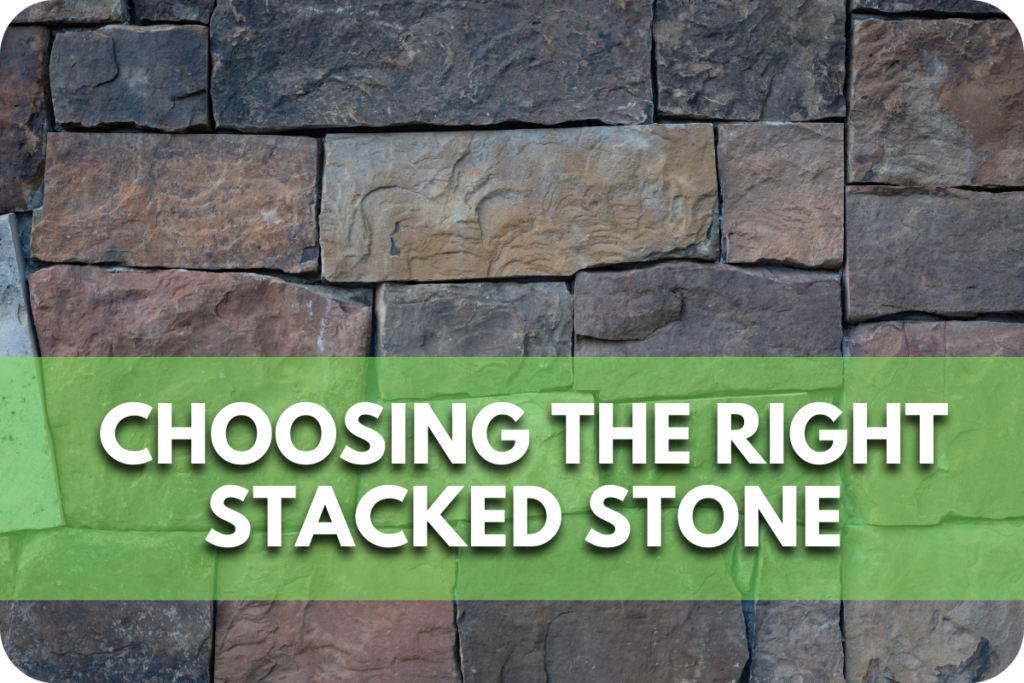
Choosing the right stacked stone involves considering several key factors to ensure it meets both your aesthetic and functional needs. Here’s what to keep in mind:
- Material Type: Different types of stone offer different looks and durability levels. Slate, quartzite, marble, and limestone each have unique qualities. For example, slate is great for both indoor and outdoor use due to its durability and resistance to fading. Marble offers a more refined look but requires more maintenance.
- Colour and Texture: Stacked stone comes in various colours and textures. Select a colour that complements the surrounding decor and fits the space’s intended atmosphere. Texture also plays a crucial role in achieving the desired aesthetic effect, whether rustic, modern, or traditional.
- Size and Shape: The size and shape of the stones will significantly impact the installation process and the overall appearance. Smaller stones can be more versatile for intricate designs, while larger stones make a bold statement and are generally used for larger surfaces.
- Installation Location: Consider whether the stone is appropriate for your climate and intended use. Some stones are better suited for indoor use, while others can withstand outdoor conditions, including freeze-thaw cycles and exposure to moisture.
- Maintenance Requirements: Some types of stone require more maintenance than others. Porous stones like limestone may need regular sealing to prevent stains and water damage.
- Cost and Availability: Finally, factor in the cost and availability of the stone. Exotic materials may be more expensive and harder to source, impacting your project timeline and budget.
Installation Process
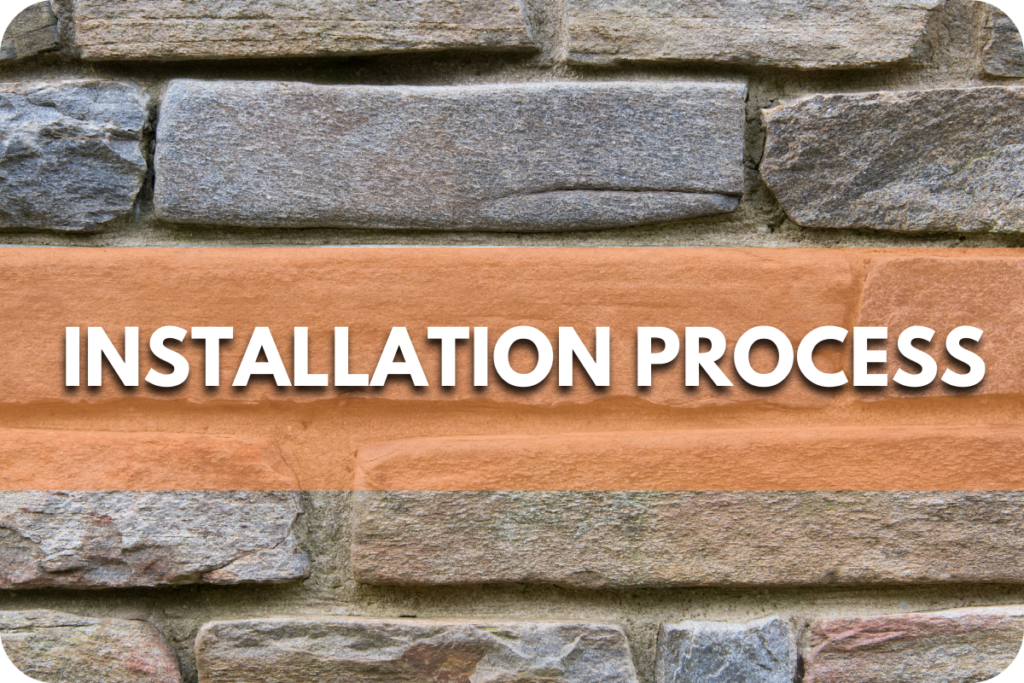
Installing stacked stone is a meticulous process that requires careful planning and execution to ensure both durability and aesthetic appeal. Here’s a detailed look at the key steps involved:
- Surface Preparation: Ensure the wall surface is clean, dry, and flat. Any unevenness must be corrected, as stacked stone requires a level base to adhere properly. For exterior installations, waterproofing the surface is crucial to prevent moisture damage.
- Layout Planning: Before installation, lay out the stones near the work area. This allows you to plan the arrangement and visualise how the colours and textures will look together. Mixing stones from different boxes to achieve a natural variation is advisable.
- Adhesive Application: Use a high-quality adhesive suitable for the type of stone and the location of your project (interior or exterior). Apply the adhesive with a notched trowel to both the back of the stones and the wall surface.
- Stone Placement: Begin placing the stones from the bottom up, pressing each piece firmly into the adhesive to ensure good contact. Stagger the joints between the stones to enhance the natural appearance. Use spacers if consistent joint sizes are necessary.
- Cutting Stones: You may need to cut stones to fit around corners or small spaces. Use a wet saw with a diamond blade for precise cuts and dust reduction.
- Grouting (Optional): Depending on the type of stacked stone, grouting may not be necessary. However, if gaps are present and a filled look is desired, apply grout with a grout bag and smooth it with a jointing tool.
- Cleaning and Sealing: After installation, clean adhesive residues with a damp cloth. Seal the stones to protect against moisture. Common mistakes to avoid when sealing stacked stone fireplaces include using incorrect sealants or uneven application, impacting durability and appearance.
- Curing Time: Allow the adhesive and grout (if used) to cure fully according to the manufacturer’s instructions before using the area.
Maintenance and Care
Maintaining and caring for stacked stone is essential to preserve its appearance and durability. Regular cleaning is crucial to prevent the accumulation of dust and dirt, which can dull its natural beauty.
Use a soft brush or vacuum with a brush attachment for routine cleaning, and a mild detergent with warm water for deeper cleans. Avoid harsh chemicals or abrasive cleaners to prevent damage to the stone surface.
Address stains promptly by blotting spills with a clean, dry cloth; never rub, as this can spread the stain. Tougher stains may require a poultice or specialised stone cleaner but always test on an inconspicuous area first.
Applying a sealant every two to five years can protect the stone from stains, moisture, and weather damage. Select a sealant designed for the specific stone type and its location, whether indoors or outdoors.
Inspect the installation regularly for loose stones, chips, or cracks, and repair these promptly to prevent further damage.
In outdoor settings, ensure proper drainage to avoid water pooling, which can cause staining or deterioration over time. Avoid pressure washing unless recommended, as it may weaken the stone or mortar.
Conclusion
Stacked stone offers timeless appeal and robust functionality for both interior and exterior designs. As you plan to incorporate this versatile material into your projects, choosing the right stone, understanding installation nuances, and prioritising sustainable practices are essential for achieving the best results.
Ready to transform your space? Explore premium stacked stone options with Splendour In Stone, a trusted supplier known for its high-quality materials and expert service.
More To Explore
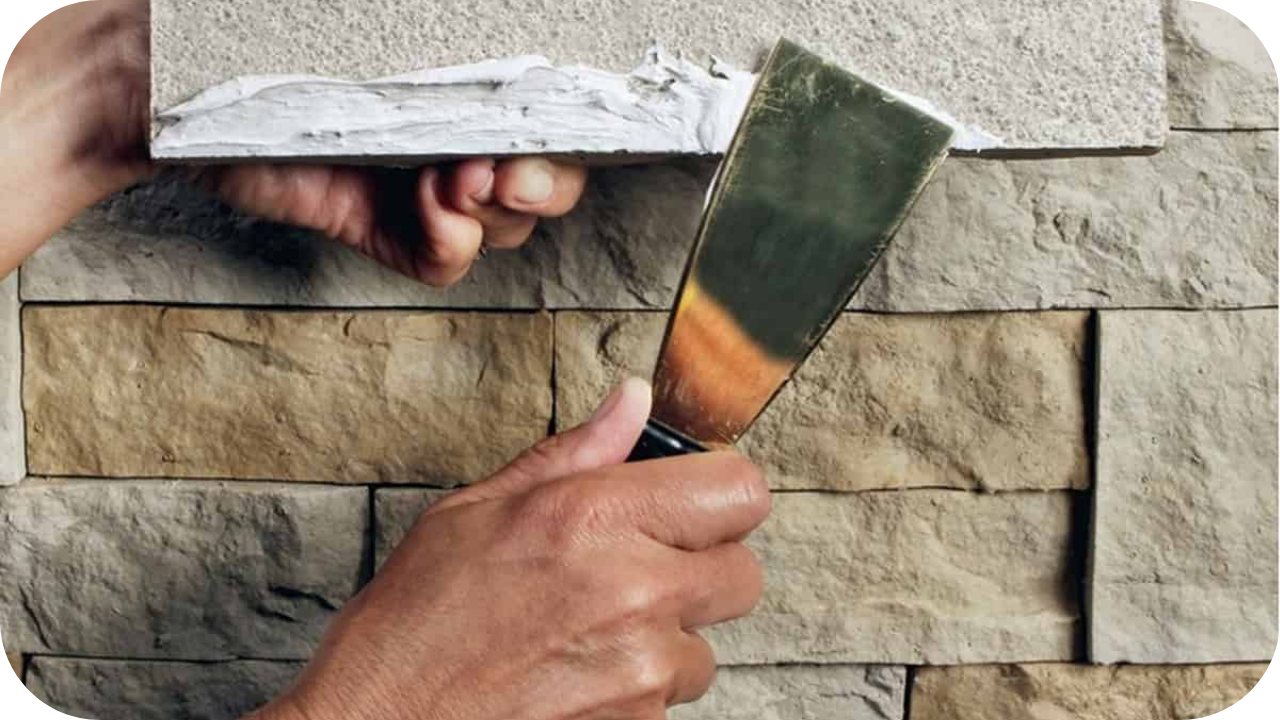
How to Choose the Right Adhesive for Installing Stone Cladding
Choosing the wrong adhesive for stone cladding can lead to cracking, detachment, or even structural failure. All that hard work could fall apart in months
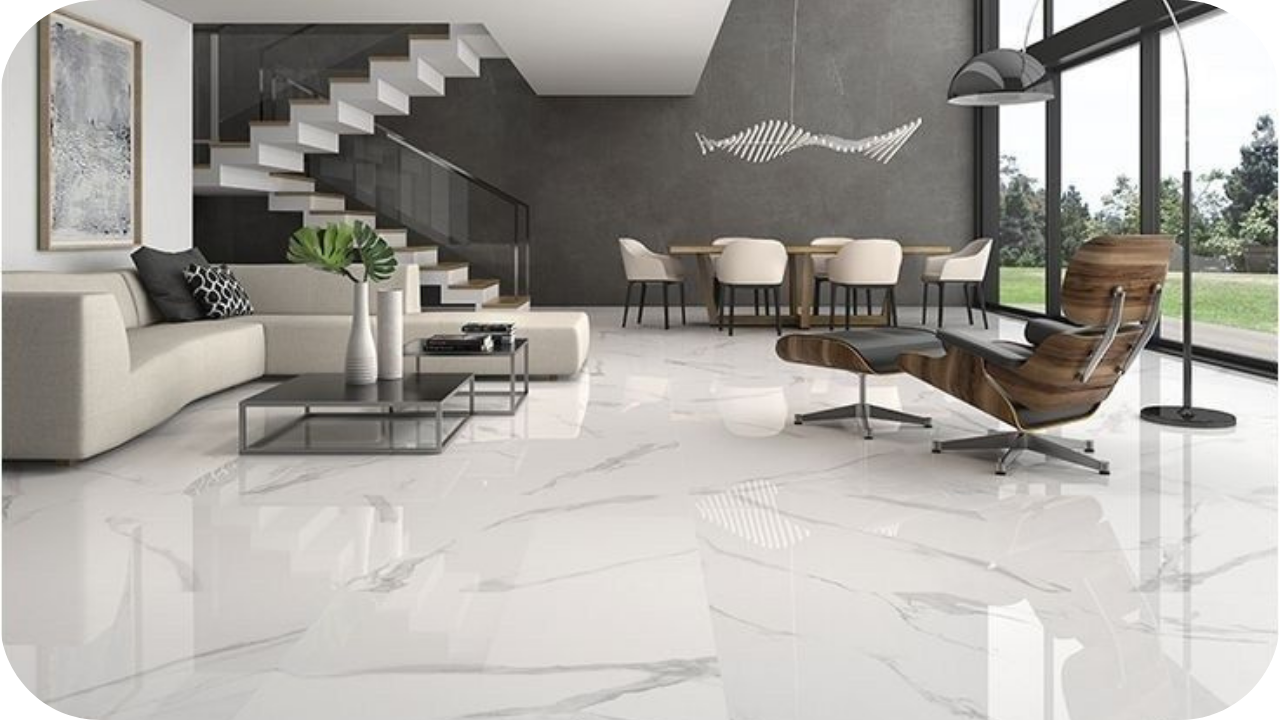
Stone Options for Modern Home Designs
Modern homes demand high-quality materials that combine style with strength. But with so many options available, choosing the right stone can feel overwhelming. Many people


